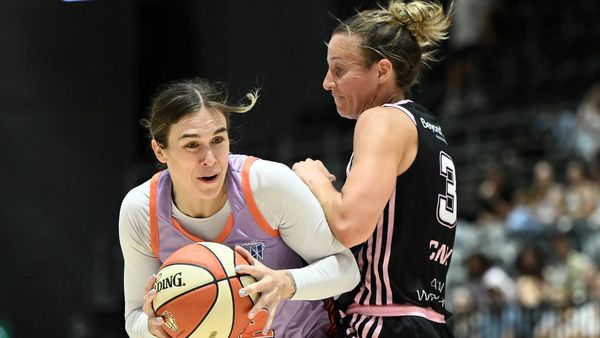Runners wearing thick-heeled sneakers have a higher risk of injury compared to those using flatter shoes, a new study has found.
Those in thick-heeled shoes seem to struggle to sense exactly how their feet land with each step, likely contributing to the elevated injury rates, according to the study published in the journal Frontiers in Sports and Active Living.
Researchers from the University of Florida instead recommend flatter shoes for most runners which they say are linked to lower injury risks.
They, however, urge runners to gradually transition to flatter shoes as switching too quickly to a new shoe type or altering foot strike patterns can pose injury risks as well.
“It may take up to six months for it to feel natural. It’s a process,” study lead author Heather Vincent said. “I had to teach myself to get out of the big, high-heeled shoes down to something with more moderate cushioning and to work on foot strengthening.”
While previous studies have shown a link between foot strike patterns, shoe type, and running injuries, the exact interaction between these factors has been difficult to identify, researchers say.
In the new study, they assessed data collected over six years from nearly 700 runners about their shoe type and injury history as well as objective data about their running gait acquired using special treadmills and motion capture videos.
After controlling for factors like age, weight, running volume, and competitiveness, scientists found that shoes with thicker heels confused runners about their gait.
This confusion, researchers say, was “strongly linked” to injury.
“The shoe lies between the foot and the ground, and features like a large heel-to-toe drop make it more challenging for runners to identify how they’re striking the ground,” Dr Vincent said.
“That clouds how we retrain people or determine if someone is at risk for future injury.”
The study found that runners who correctly detected their mid- or fore-foot striking appeared to have “very different shoes”.
These runners had a “lower heel-to-toe drop; lighter; wider toe box”.
While the study shows there’s a link between injuries and wearing high-heeled shoes, researchers say there is still no proof that such footwear “causes” these injuries.
In further research, they hope to run controlled experiments to identify the true cause of common injuries among runners and suggest fixes.
“We want to translate what we find to meaningful ways to help runners modify their form to reduce injury risk and keep them healthy for the long term,” Dr Vincent said.







